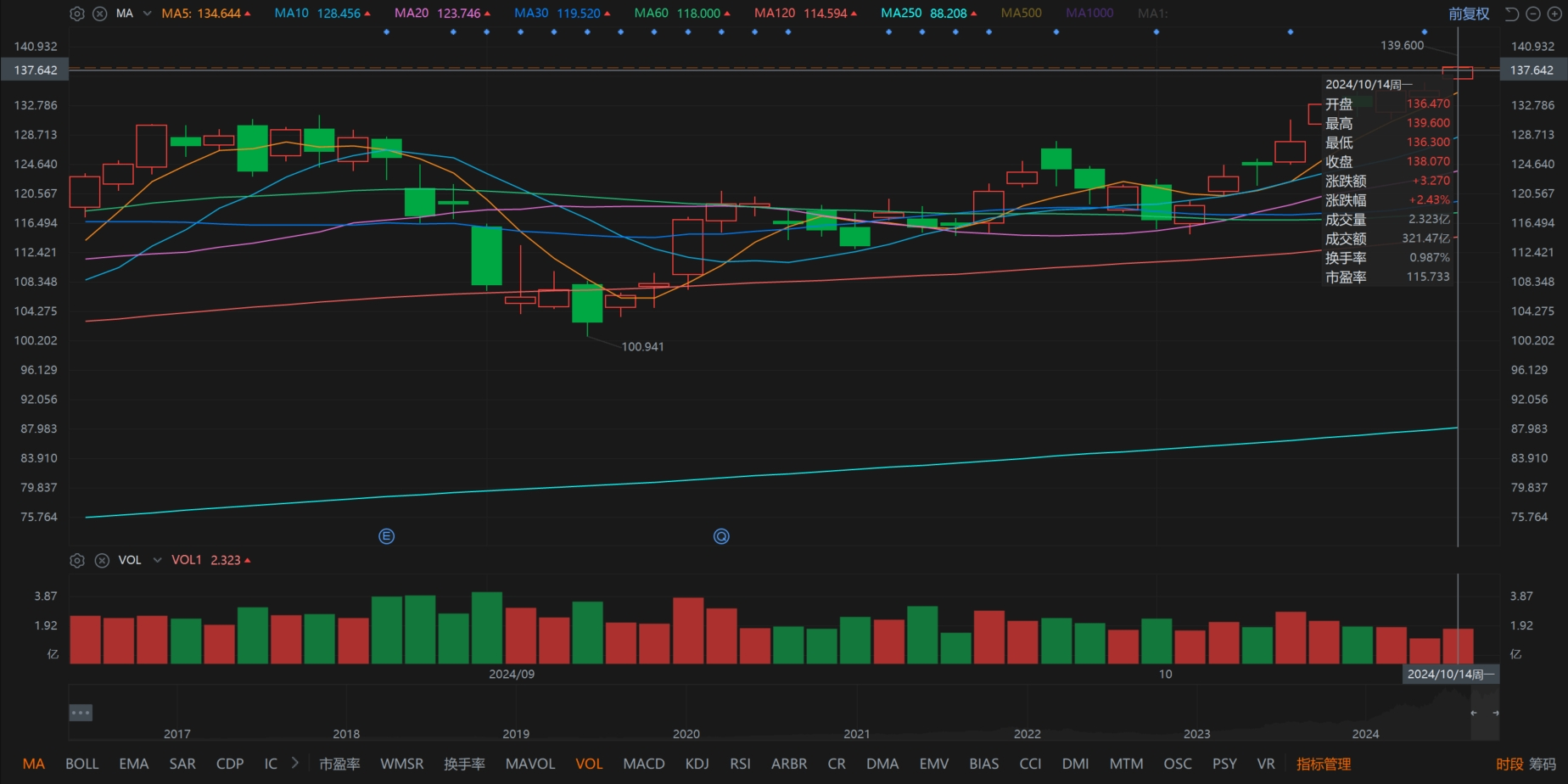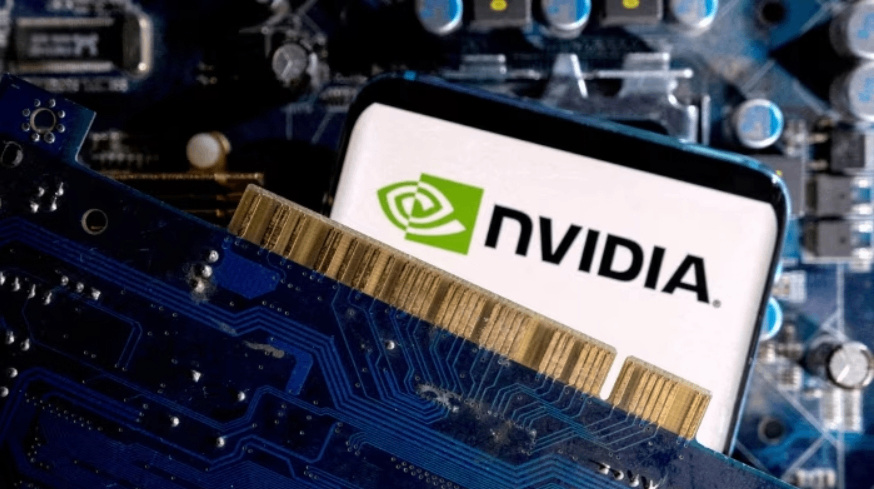Why Nvidia's share price can reach a new high?
Where is the inflection point in the artificial intelligence race?
On October 14th Eastern Time, fueled by the resurgence of interest in artificial intelligence concepts, NVIDIA's closing price hit a historical high, rising by more than 2.3% to $138.07.

In the face of many people calling for a pullback in the U.S. stock market and the cooling of artificial intelligence, NVIDIA's performance has dealt a heavy blow to the bears.
NVIDIA's ability to reclaim lost ground is mainly due to two reasons.
First, the market has eased its concerns about the delay in the production of Blackwell chips.
After the U.S. stock market closed on October 2nd, NVIDIA CEO Jensen Huang announced that the Blackwell chips had gone into full production. Subsequently, in a closed-door meeting, a report from Morgan Stanley also took an optimistic view of the prospects for the Blackwell chips, pointing out that orders have been scheduled for 12 months later, and the business and prospects remain strong.
A report from KeyBanc estimates that the new Blackwell chips alone will bring NVIDIA $7 billion in revenue in the fourth quarter of this year, and the demand for the old chips is "still very strong."
However, NVIDIA's future is not all smooth sailing. On October 10th, at the Advancing AI 2024 conference held in San Francisco, NVIDIA's competitor AMD launched the Instinct MI325X AI accelerator, which may face off against NVIDIA's Blackwell chips in the future.
But NVIDIA's advantage lies in the fact that the company has continuously utilized its own CUDA platform and has established a moat in the field of AI software development, firmly binding many developers to NVIDIA's ecosystem.
For the rapidly iterating technology track, the emergence of a formidable opponent is nothing more than normal, but at least for now, NVIDIA, which took the lead in producing the Blackwell chips, cannot be shaken as the leader in AI in the short term. Because of this, last week, many Wall Street analysts reiterated their buy rating for NVIDIA's stock.
Second, TSMC's better-than-expected revenue has also added fuel to the resurgence of the AI boom.
Due to the poor performance of large technology stocks in the last earnings season, the market once lost confidence in the prospects of the track. After the large bank stocks successively recorded excellent performances, the enthusiasm of technology stocks brought infinite reverie to the market.
As a key contract manufacturing partner of NVIDIA, TSMC's September revenue data easily exceeded market expectations, with September sales of 251.87 billion New Taiwan dollars, a year-on-year growth of 39.6%, and a total sales increase of 31.9% in the first nine months of this year.
The year-on-year increase of 39.6% in September also means that TSMC's monthly revenue has continued the momentum of year-on-year growth exceeding 30% since March, and has also continued the momentum of year-on-year growth since January.
In addition, after the September revenue of 251.873 billion New Taiwan dollars, TSMC's monthly revenue has exceeded 250 billion New Taiwan dollars for three consecutive months.
TSMC's revenue surge has benefited from the hot sale of the iPhone 16 series. The 3nm process A18 and A18 Pro chips equipped with the iPhone 16 are all designed by TSMC. The chip has been mass-produced since August, and it was launched in September. The huge orders and high contract manufacturing prices have significantly boosted TSMC's revenue, thereby feeding back into the AI track.

Currently, the market is concerned about what the future holds after continuously setting new historical highs? Will NVIDIA keep rising? Where is the inflection point in the AI track?
Wall Street analysts believe that in the short term, this trend will not change for the time being, and the craze for artificial intelligence infrastructure will continue for a while.
Google, Microsoft, Amazon, and Meta have all stated that they will continue to invest heavily in artificial intelligence infrastructure next year, and AI hardware companies like NVIDIA will continue to benefit.
Goldman Sachs' latest estimate is that, overall, large technology companies will spend $215 billion and $250 billion on artificial intelligence capital expenditures in 2024 and 2025, respectively.
However, infrastructure construction will always reach a peak. After the slowdown in hardware construction, some analysts warn that investors should turn their attention to the software development and sales of these companies, because hardware construction is a one-time sale, while artificial intelligence software requires users to continue subscribing.
Davidson analyst Gil Luria said that the peak point of capital expenditure for hyperscale companies may come as early as next year.

·Original
Disclaimer: The views in this article are from the original Creator and do not represent the views or position of Hawk Insight. The content of the article is for reference, communication and learning only, and does not constitute investment advice. If it involves copyright issues, please contact us for deletion.